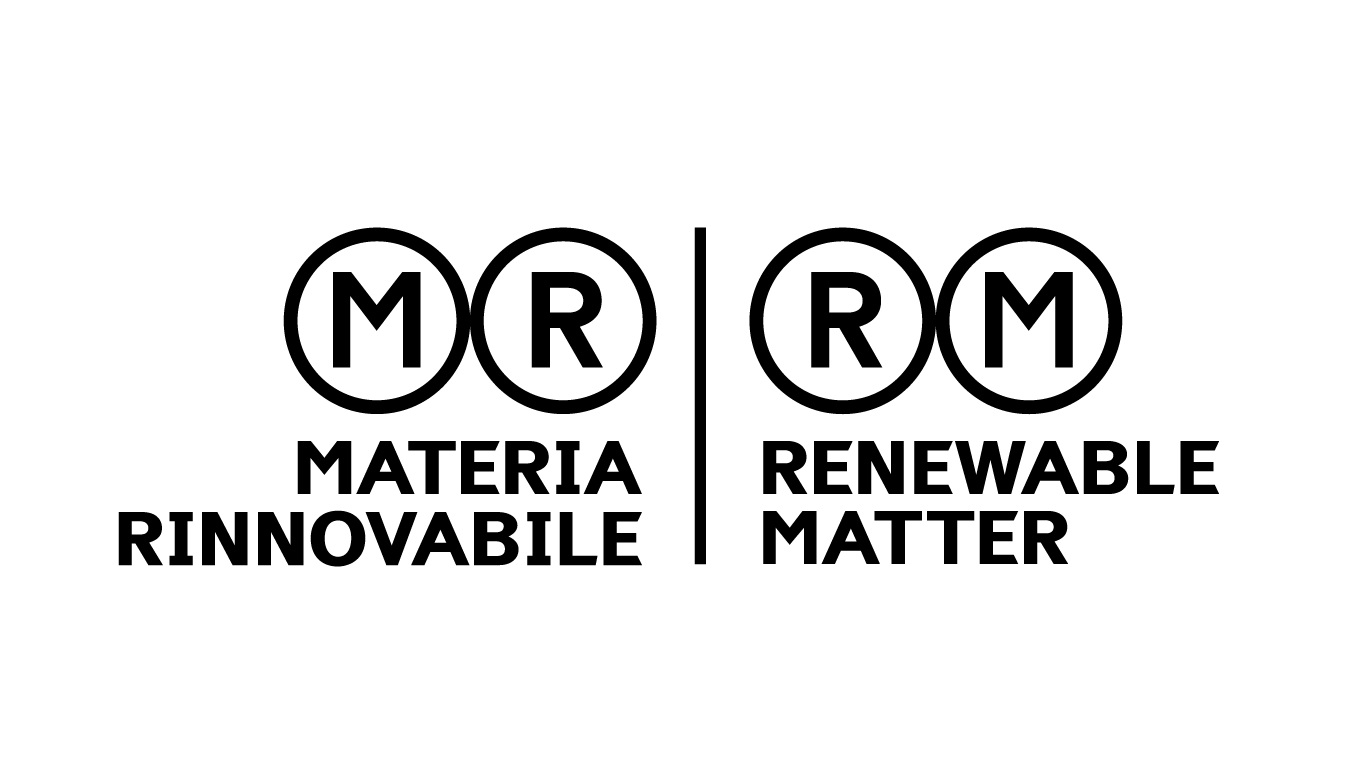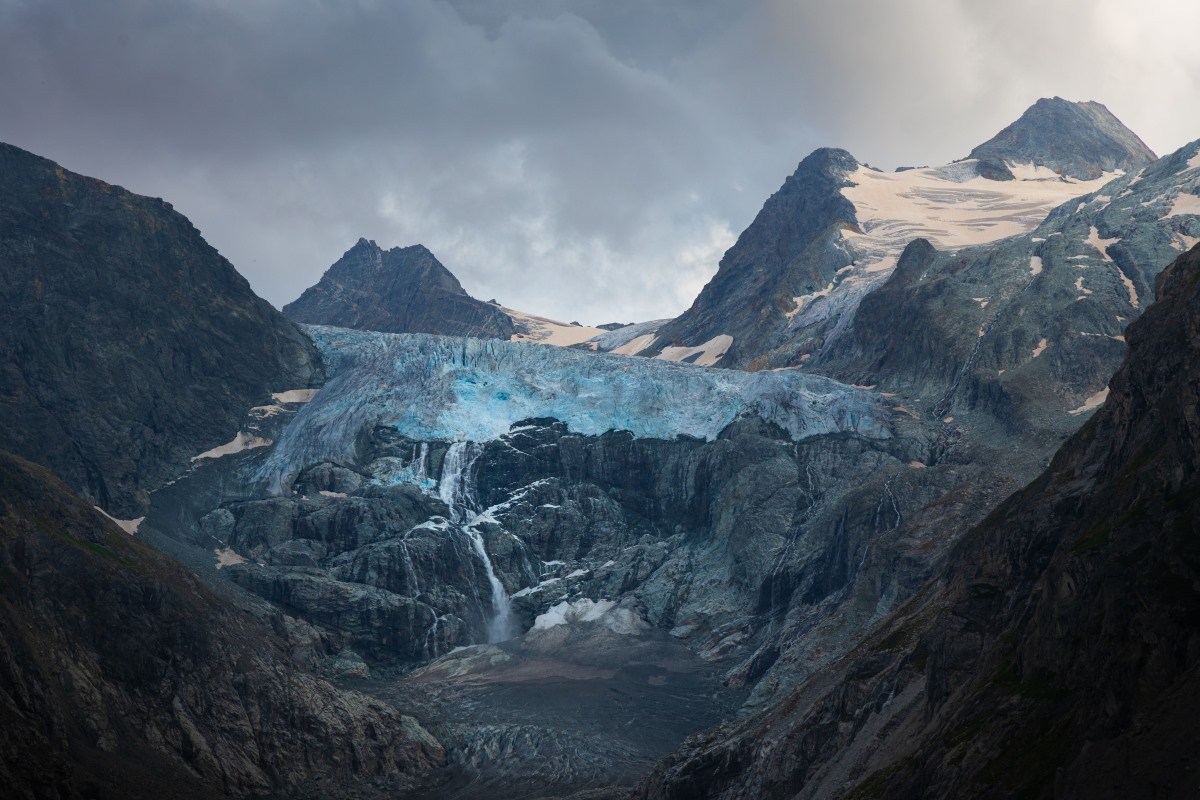This article is also available in Italian / Questo articolo è disponibile anche in italiano
Glaciers are powerful communicators, revealing much about what is happening on our planet. They warn us that all is not well, as they are gradually disappearing. Their colour and size change, the landscapes transform, and the available water resources change too. To shed light on these changes and their causes, the United Nations General Assembly has declared 2025 the International Year of Glaciers’ Preservation. This serves as a reminder that glaciers are a fundamental part of the hydrological cycle and the climate system and that their current retreat will have serious economic, social, and environmental repercussions. Today, “conserving” them means acting on a global scale, not just through local actions. Community involvement must be paired with a strong intergovernmental commitment to reducing greenhouse gas emissions, the greatest threat to their survival.
We spoke with Isabelle Gärtner-Roer, Science Officer at the World Glacier Monitoring Service (WGMS) and a senior researcher in the glaciology and geomorphodynamics group at the University of Zurich. Renowned internationally for her work on rock glacier kinematics and the sensitivity of high-mountain environments — particularly glaciers and permafrost — she has also served as co-president of the International Permafrost Association (IPA) since 2024.
What is the current state of the world's glaciers?
It is clear that they are in poor conditions. Until around 15 years ago, there were areas or regions with positive mass balances, meaning the amount of ice gained through winter snowfall exceeded the amount lost through melting. These were exceptional cases, such as parts of western Norway and New Zealand, where heavy winter snowfall helped sustain a positive mass balance. Today, however, with tools like heat maps, which track mass balance trends year by year, we can clearly see that the global trend is negative. Over the past five to ten years, no regions have recorded a positive mass balance. Summers have been so hot, and snow loss so significant, that it has led to extremely negative balances. The situation is progressively worsening at an increasingly alarming rate.
Nowadays, we increasingly hear about debris deposits on glaciers and sandstorms reaching mountain ranges. What impact do these materials have on the melting process?
In summer, when walking on a glacier, you can observe layers of sandy residue or debris, often with different origins. Sandstorm events, for instance, frequently leave behind yellowish or sometimes even reddish layers on the ice. Sands from the Arabian Peninsula can be found on the Himalayan range or sand from the Sahara Desert on the Alps. Alongside these sands, dust from traffic and human emissions can accumulate on the glacier, creating further layers of cover. As this material is extremely fine, it increases the amount of solar radiation absorbed by the glacier’s surface, accelerating the melting process. However, the impact of sediment cover varies depending on the nature and size of the material. Thicker or denser layers, such as debris or rocks falling from mountain slopes, may instead offer a protective shield against solar radiation, thereby slowing the melting. Thus, the effect varies depending on the thickness and composition of the material. In technical terms, the presence of these materials and sands affects the glacier’s albedo — which is the surface's ability to reflect solar radiation.
How fast are glaciers melting?
I would say, far too fast. Taking Europe as an example, some models predict that by the end of the century, we could lose 80% of all Alpine glaciers. However, these predictions depend on both annual weather conditions and long-term climate changes, which are influenced by a multitude of factors. Glaciers respond quickly to climatic variations, which is why we measure their mass balance annually, in order to monitor their health and trends. However, glaciers also have a kind of “memory”: they respond to changes in their entire mass with some delay. This is especially true for very large glaciers, which receive water and snow from multiple tributary glaciers, further complicating their response. Even if we were to stop all harmful emissions today, glaciers would continue to retreat by several kilometres over the coming years. This delay is a result of the inertia of the glacial system in responding to ongoing climate changes.
The year 2025 has been announced by the United Nations as the Year of Glaciers' Preservation. But what does it mean today to “preserve” glaciers and how can we do this in practice?
To be fair, the term “preservation” may not have been the most fortunate choice when it was first proposed, but it intends to instil hope — it suggests that action is still possible. The issue, however, is that “preservation” often brings to mind technical solutions that, while useful, have clear limitations. There are ideas, such as covering glaciers with protective sheets, which might make sense on a local scale — for example, to preserve parts of glaciers in areas near ski resorts, where snow loss could create economic challenges for surrounding communities. However, these interventions are costly and their impact is limited. While such local solutions can be valuable, we must approach the problem from a global perspective. The true “preservation” of glaciers must come through the reduction of greenhouse gas emissions, which remains the main global challenge we face today. Every action taken to address this issue can make a difference. Even if, by the end of the century, some regions — such as the European Alps — will lose their glaciers entirely, other glaciers will survive. This is why it is crucial to continue monitoring and documenting the ongoing changes and to sustain long-term research aimed at understanding the mechanisms driving these transformations.
What is the role of the World Glacier Monitoring Service?
The World Glacier Monitoring Service gathers data from a global network of national correspondents. In each country, scientists and technicians conduct glacier measurements and share their data findings with us. After thorough quality control, this data is integrated into a global database and made publicly available through an open data policy, ensuring all collected information is accessible to the public. On our website, users can access maps, select specific glaciers, and download data on various topics, such as variations in mass balance. Alongside this field research and analysis, data acquired through remote sensing has become increasingly crucial in recent years. Direct measurements on glaciers, such as field measurements, require considerable effort and time, and can only be conducted on a limited number of glaciers: currently, we have direct data for around 200 glaciers, with a higher concentration in the Alps, while data from the Andes are much scarcer. However, thanks to remote sensing, we have created a global inventory that includes around 275,000 glaciers, enabling us to monitor their changes almost everywhere in the world. Despite this broad coverage, we still need to combine field measurements with remote sensing data to obtain a comprehensive picture. To achieve this, we manage a vast amount of data that is continuously collected, analysed, and made publicly available. Our work also involves synthesising this global data and writing periodic reports, which are useful for assessing the state of glaciers year after year. At present, we are working with data collected up to 2024 and continue to integrate new information, with plans to publish a new inventory featuring the latest updates soon.
Cover: glacier in Switzerland, Envato



